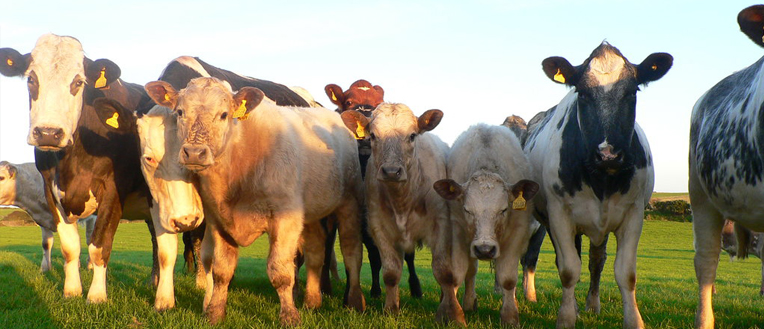
The first certificate of bad husbandry for six years serves as a reminder to tenant farmers that even when faced with challenging financial pressure, they must keep an eye on the rules.
Head of the Agriculture and Landed Estates team at Midlands and South West law firm Lodders, James Spreckley explains: "A case from the First Tier Tribunal at the end of last year went somewhat unremarked, but as the financial pressure on many farmers continues, tenant farmers must be reminded of the facts which led to the first certificate of bad husbandry since 2010.
"The tenant in this case occupied a dairy farm under an Agricultural Holding Act (AHA) tenancy.
"The landlord applied to the tribunal for a certificate that the tenant was not farming in accordance with the rules of good husbandry.
"The clear definition of this expression involves ‘maintaining a reasonable standard of efficient production, having regard to how the land is used, stocking levels, crop health and maintenance and repairs’.
"Under the AHA 1986, if such a certificate of bad husbandry is issued, it gives the landlord a right to give a notice to quit to terminate the tenancy, which the tenant is largely unable to challenge."
'Deterioration' of the farm
The farm was a dairy farm, and the landlord, having inspected the farm on a number of occasions, applied for the certificate based on a deterioration of the farm during this period. This included overgrazing, poaching of some of the land and other issues.
"Not surprisingly, the tenant opposed that application," says James, "and part of his argument was based on plans to build a new livestock building and parlour which would alleviate some of the issues.
"The landlord also cited certain disrepairs and works that needed to be addressed, specifically to include repairs to the silage clamp, the provision of slurry storage and tracks.
"Productivity on the farm was low with milk yields about 30% below the expected levels, in part due to overstocking and poor housing.
"The stocking level of cattle, allowing for the available housing, was felt to be about 50% higher than it should have been, and there had been consequent animal welfare issues.
"However, the tenant had obtained a planning consent for the new buildings the farm needed, which, once constructed, would have allowed for the greater levels of stocking and improved productivity."
'Could not afford' to reduce stocking rate
Having heard all the evidence, the tribunal concluded that the tenant was ‘caught between a rock and a hard place’ because he could not afford to reduce the stocking rate.
"This was deemed to be down to the impact on his income and business, and the tenant could not afford to finance the cost of the necessary improvements and repairs to prevent the ongoing overstocking and in turn, end the breaches of the rules of good husbandry," explains James.
"As such, the tribunal saw no immediate prospect of the tenant complying with these rules and issued the certificate of bad husbandry."
Whilst such certificates are extremely rare and each case will be built around particular circumstances, the situation in which the tenant found himself will not, in current times, be completely unique.
"The takeaway point for tenant farmers," James says, "is really to ensure that, even in challenging times, basic repairs and standards are not allowed to slip, if the risk of getting into the same position or of a similar challenge is to be avoided."
Founded nearly 230 years ago, Lodders has worked with farmers, family businesses, landowners, rural communities, real estate and property owners.
The firm is highly regarded for its work in the agricultural and real estate sectors, and its specialist agriculture and real estate teams have retained their Tier 1 position in the latest (2015) Legal 500.
